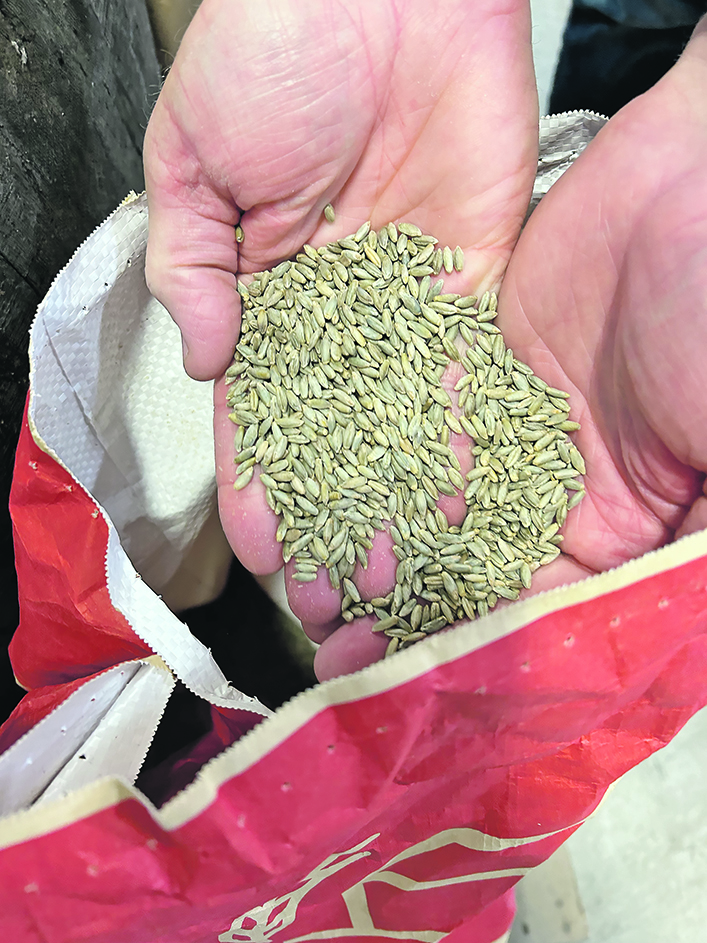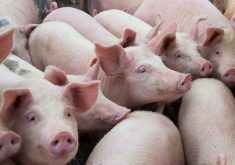I raise a toast to all of you who have followed my meandering path through the thickets and forests of r/Rye lore during the past few months of my From rye to Rye series.
A couple of weeks before the series ended I had some friends over and we cracked a few bottles of true and fine Rye whiskies. For me it had the feeling of a wake, or a Celebration of Life, for the series, about which I’d thought and planed for a couple of years. With From rye to Rye finished, whatever will I do with my life?
No doubt news will happen, events will transpire, and I’ll be out chasing other ideas and whims. But at this moment I’m spending a few moments looking back at my main learnings from working on the series, so much of which never reached the page and will forever live on the cutting room floor.
- Your editors might actually let you do something unorthodox and generally unacceptable if you have a reason for it and don’t yet at them when you demand it. They did this throughout the series in accepting my request to use the word “rye” (lower case) when referring to the crop, and “Rye” (upper case) when referring to the whisky. Without this it would have been chaos for the reader, but the style guides which bind editors often intervene in this situations. Thanks editors! I owe you.
- Rye had the same compelling characteristics 13,000 years ago for caveperson farmers as it does for today’s high-tech and industrialized producers. It’s tough, handles wild weather extremes better than almost any other crop, and can be used for a wide range of products. (I love imagining the first accidental discovery of fermented rye by a neolithic farmer. That must have been some party.)
- Rye is a really, really tiny crop. As a kid growing up in Regina I learned about rye as one of Saskatchewan’s basic crops, but I hadn’t realized the total prairie acreage had fallen to far less than a million acres.
- Rye has very little research support in Canada. One of my stories profiled the work of Ragu Ragupathy, an Agriculture Canada scientist who is delightfully dedicated to bringing back rye breeding to Canada, after 15 years of absence. It’s a sideline for him, but also a passion, so stand back, hold your Rye, and await his results in a few years.
- Rye and rye seem to provoke an unexpected degree of excitement, enthusiasm and commitment from the breeders, farmers, distillers bakers, eaters and drinkers who like the crop, the feed, the bread and the booze. Most people don’t want to mess with rye, which is finicky, but those who like it, love it.
- Europeans in the “rye belt” have never backed away from the crop. It’s still grown there in eastern and Northern Europe, in the millions of acres, mostly as a food crop for bread-making. The crop arose in Turkey, long before there was anybody to call it Turkey or to insist that it instead be called Turkiye, long before people argued over whether it was Istanbul or Constantinople, but in any possible End Times for the crop, it’ll probably make its last stand somewhere in Poland.
- Rye is old, but it could become the “it crop” for protecting nesting birds, wee sleekit beasties and various varmints, as well as protecting soil from erosion and providing protection against climate change. It’s coolly contemporary.
- Hybrid breeding science is complicated. I’ve been working at this newspaper for 29 years and I’ve never forced myself to sit down for a week and figure out who breeding, genetics and all that stuff works. New year’s resolution?
- Distilling is way more than making beer or wine, which I’ve done in my kitchen. Done wrong, it can poison people. Done wrong, it can explode. No backyard still in my future.
- Whisky chemistry is a fascinating subject that I like to hear about, although I don’t understand it. The grain, the mash composition, the distillation process, the barreling and aging, and the blending all have a significant impact on the taste. Most liquor is not like this. Whisky is complicated and demand, and rye is the most complicated and demanding of the main styles.
- Most Canadians have no clue what Rye is when they order it. Many think it’s a generic term for any bar whisky. Many think there’s gotta be some rye in it. Some think there must be a lot of rye in it for it to be allowed to be called Rye. These beliefs are false – in Canada.
- Americans treat Rye with much greater reverence, regulation and – to me – honour and honesty. For shame, Canada! The Yanks have done a much better job with stamping Rye into the tippler’s mind as a high-value, cherished form of whisky. Canadian tradition and nomenclature has let down our distillers, farmers and drinkers. I want Parliament to act. This nonsense has gone on long enough!
- Saskatchewan lies at the origin of the (once) world’s greatest liquor empire. In humble Yorkton and a string of towns with “Boozariums” along the U.S. border, Harry Bronfman brought to life the entity that helped Americans make it through the prohibition years, with his younger brother same moving it east to Montreal and evolving it into the giant Seagrams company, which became a name for fancy liquors after the bulk prohibition sales were done. This is a heroic history, like The Hobbit. Perhaps more like The Godfather. And maybe heroic isn’t the best term . . .
- Winnipeg is famous for its rye bread. Who knew? Apparently rye-bread-eaters do, because “Winnipeg rye bread” is a term used in some eastern deli and restaurant menus. This is a Great Act for Civilization created by my (now) home town.
- Micro-brewers have helped save the barley industry, by using either 100 per cent or nearly-100 per cent barley in their grain bases. Micro-distillers and micro-maltsters are doing the same thing with crops like barley. Let’s hope they add enough demand to make rye-growing an ever more rewarding choice for farmers.
- Thinking about a series for a long time before beginning the interviews helps formulate the idea, and allows for sensible planning. But as always with a series – and I’ve written a few – they are always voyages of discovery. Once you set sail from the shore, clutching a ragged parchment with some old sailor’s scrawling to guide you, navigating by the stars and the rumours of land-over-there-somewhere, you’re in the situation of Leif Erikson. If you’re lucky there will be a New Found Land to arrive at eventually. If you’re not so, then you’ll sink without a trace and all that will remain amidst the squalls and storms is the wailing voice of a Geatish woman, foreseeing doom.
- Rye tastes good.

Well, that’s it. I’m done. Thanks for coming along with me. We have finally arrived.
Read Also

Kochia has become a significant problem for Prairie farmers
As you travel through southern Saskatchewan and Alberta, particularly in areas challenged by dry growing conditions, the magnitude of the kochia problem is easy to see.
Other stories in this series:
- More producers start growing rye as crop prepares for a recovery
- Farmer finds new uses for old crop of rye
- Growing rye for seed is quirky but fun
- Rye’s agricultural journey set over thousands of years
- Hybrid varieties a game changer for rye sector
- Agriculture Canada plant breeder committed to rye
- Rye bread continues to nurture loyal following
- Few remember rye whisky’s Sask. connection
- Rye whisky not as clear cut as tipplers may think
- Art of whisky starts with science of chemistry
- Using rye to make whisky can be a challenge
- Prairie micro-maltsters ride rye whisky wave
- Distiller goes all-in on 100 percent rye grain
- Rye seed market warmer than whiskey


















